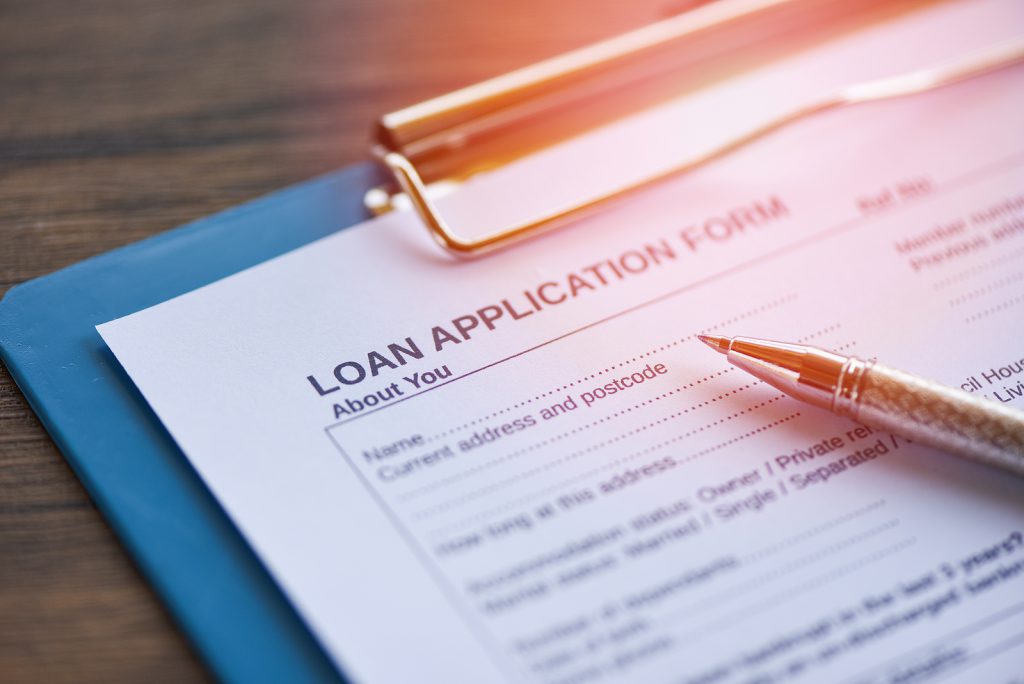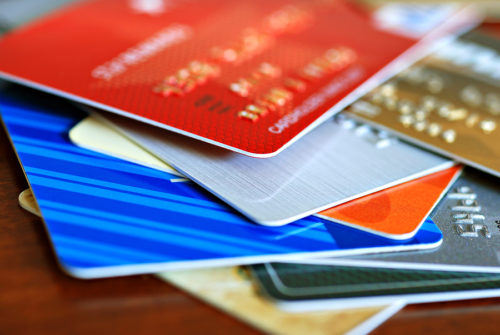The Difference between Secured and Unsecured Debt and Which You Should Pay First

There are two general categories of debt: unsecured debt and secured debt. The difference is very important. Knowing the difference will help you recognize each type of debt and develop a smart debt repayment strategy when you have both secured and unsecured debts. Here is a closer look.
What makes a debt secured?
Debt is secured when the creditor takes a “security interest” in collateral. That sounds confusing, but the concept is very simple. For some types of debt, creditors want to be sure that they can get their money back without too much trouble if you do not pay them. They want the debt to be secure—meaning they want to be sure they can recover. Taking a security interest accomplishes this. How does the creditor take a security interest? For personal debts, the language creating the interest is often included in the contract that the borrower signs when purchasing the collateral.
That security interest gives the creditor rights to the collateral. Collateral is simply property that you pledge to give the creditor if you fail to pay the money you owe them. This can get fairly complicated for business debts. In the business setting, many types of property can be used as collateral—business inventory, machines and equipment, and even accounts receivable. But for personal debt, this tends to be much simpler. Usually, the collateral on a secured debt for personal use is the very property that you purchased with the loan you were given.
Two simple examples are mortgages and auto loans. Both are typically secured debts and the collateral is the house or the vehicle. When you take out an auto loan, you use that auto loan to purchase a car. The creditor who is making the auto loan to you will take a security interest in that same car. The car is the collateral. If you pay off your debt in full, the car will become yours. If you fail to pay, the creditor can exercise its rights and take the collateral back from you. You may be able to “redeem” (get the car back) before the creditor sells it. You will either have to pay the payments you missed or the full balance of the loan, depending on your agreement with the creditor and your state’s law.
If the collateral does not cover the debt owed (say, for example, that the car was only worth $5,000 but you owed $7,000), then the creditor can pursue a deficiency judgment against you to collect the rest.
To recap: a secured debt is a debt for which the creditor has a security interest in collateral, meaning the creditor has a right to take property to satisfy the debt.
What about unsecured debts?
An unsecured debt is a debt for which the creditor does not have a security interest in collateral, and the creditor is therefore not entitled to take property from you to satisfy that debt without a judgment.
Common types of unsecured debt are credit cards, medical bills, most personal loans, and student loans*. These debts help you do something (buy items, pay your doctor, get an education), but they are not backed by a specific asset. So if you fall behind and can’t pay, there is nothing the creditor can take without further legal action. To compel payment, the creditor has to sue you and get a judgment against you. Before that happens, the creditor can use other tactics, which can have negative financial impacts—like using debt collectors and reporting missed payments to the credit bureaus. So, you do not want to ignore a creditor just because they are unsecured. But you should keep in mind that their legal recourse is more limited than a secured creditor.
*Note: While student loans are unsecured, there are some important differences between student loans and other unsecured debts, such as the very limited availability of discharge in bankruptcy.
Why does this matter?
The major lesson here is that you should be aware of the difference between secured and unsecured debt, and keep in mind that you typically have more to lose with secured debt. This means that secured debt should generally be the top priority in your repayment strategy. However, that will not always be the case. Here are two quick examples, one of when you would probably want to prioritize your secured debt and one for when you may want to prioritize unsecured debt.
Example #1
Let’s imagine that you have a single-family home. You budgeted wisely for your home purchase (meaning that it was reasonably priced for what you can afford), and it suits your family well. You still have a mortgage payment due every month, but you also have some credit card debt and medical bills from a recent unexpected surgery. Money is tight all of a sudden—what debt should you prioritize?
The answer is that you should probably prioritize your mortgage. This is important for your family—providing a place to live. It is affordable, and if you were to lose your home, or even sell your home, you may not find another that is as good of a fit. You would want to make sure you pay your mortgage in full each month, and then come up with a secondary plan for your unsecured debts. You may not be able to pay your credit cards or medical bills in full. In that case, you should look into your options for handling those. It is better to risk falling behind for a short period on those bills than on your mortgage.
Example #2
This time, let’s imagine you have a car that is financed. Things were going well for you a few years ago, so you bought a vehicle for $20,000. You have made your payments every month. You still have payments left, but you only owe $5,000 on the car now. It has depreciated quite a bit, but it is still worth $10,000. Recently, you had an unexpected medical emergency, which led to medical debt and some new credit card bills. What should you prioritize here?
There is not a right or wrong answer to this question, and it would vary based on some additional specifics. But here’s one way to think about it. You certainly would not want to default on the car loan at the expense of the medical bills and credit card debt—that would hurt your credit and potentially lead to repossession of the car. However, you might consider prioritizing the unsecured bills to avoid any damage to your credit. How might you do that? By selling the car, which should give you $5,000 back, and then buying a cheaper car, which you may or may not need to finance. This solution is certainly not ideal—chances are your money would still be a little tight—but it could allow you to reduce your debts significantly, avoid any damage to your credit, make it through the financial emergency, and then rebuild without too much difficulty.
The point is this—secured debt puts your assets at risk. If an asset is very important, you can try to avoid losing it by prioritizing the secured debt over unsecured debt. If the asset is not critical, you may choose to prioritize the unsecured debt. It would be best to do this without falling behind on any of your financial commitments.
To review, keep these tips in mind:
- Secured debt puts an asset at risk, called collateral
- Secured creditors can take the collateral when you default
- Unsecured debt is less risky, but still poses a financial risk
- Unsecured creditors can send your account(s) to collections and report to credit bureaus; they can also pursue legal action against you
- When determining which debt to prioritize think about the importance of the asset at risk, and the impact of your decision on your finances as a whole
- Try to avoid defaulting on any type of debt
Need help with either type of debt?
If you have debt—whether secured, unsecured, or both—and you are not sure how to move forward, a credit counselor can help. Credit counselors are experts in creating debt repayment strategies customized to your specific situation and keeping your financial goals in mind. You can contact a credit counselor today for a free budget review and counseling session.



